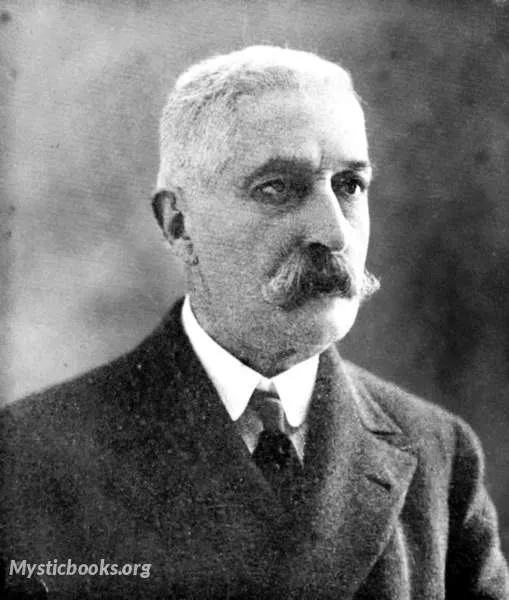
Timeline
Title
Country/Nationality
Giovanni Verga
Giovanni Carmelo Verga was an Italian realist (verista) writer, best known for his depictions of life in his native Sicily, especially the short story (and later play) Cavalleria rusticana and the novel I Malavoglia (The House by the Medlar Tree).
The first son of Giovanni Battista Catalano Verga and Caterina Di Mauro, Verga was born into a prosperous family of Catania in Sicily. He began writing in his teens, producing the largely unpublished, but currently quite famous, historical novel Amore e Patria (Love and Country); then, although nominally studying law at the University of Catania, he used money his father had given him to publish his I carbonari della montagna (The Carbonari of the Mountain) in 1861 and 1862. This was followed by Sulle lagune (On the Lagoons) in 1863.
Meanwhile, Verga had been serving in the Catania National Guard (1860–64), after which he travelled to Florence several times, settling there in 1869.
He moved to Milan in 1872, where he developed his new approach, characterized by the use of dialogue to develop character, which resulted in his most significant works. In 1880 his story collection Vita dei campi (Life in the Fields), including "Fantasticheria" ("Daydreaming"), "La lupa" ("The She-wolf"), "Jeli il pastore" ("Jeli the Shepherd"), "Pentolaccia" ("The Plaything"), and Rosso Malpelo, most of which were about rural Sicily, came out. It also included "Cavalleria rusticana" ("Rustic Chivalry"), which he adapted for the theatre and later formed the basis for several opera librettos including Mascagni's Cavalleria rusticana and Gastaldon's Mala Pasqua!. Verga's short story, "Malaria", was one of the first literary depictions of the disease malaria.
He then embarked on a projected series of five novels, the Ciclo dei vinti dealing the problem of social and economical advancement. However he only completed two, I Malavoglia (1881) and Mastro-don Gesualdo (1889), the second of which was the last major work of his literary career. Both are widely recognized as masterpieces. He then began to write La Duchessa di Leyra, but he only completed the first chapter, while the last two novels, L'Onorevole Scipioni and L'Uomo di Lusso, were not even started.
In 1894 Verga moved back to Catania, to the house in which he had lived as a child. This house in the city of Catania on via Sant'Anna #8 is now a museum dedicated to the author. The Casa-Museo Giovanni Verga is located on the second floor of a generally unimposing 18th-century palace. The furnishings were those present at the time of his death, including his large personal library. Also in Catania, a performance stage that often performs works of local artists, the Teatro Verga, was founded in 1969 in a former movie theater located on Via Giuseppe Fava #34.
In 1920 he was appointed Senator of the Kingdom (Senatore del Regno) for life (ad vitam). He died of a cerebral thrombosis in 1922. He was an atheist.
Books by Giovanni Verga
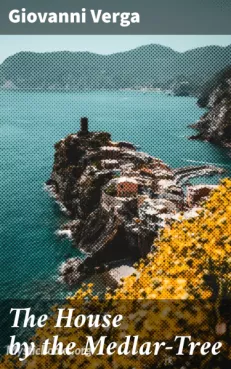
The House by the Medlar Tree
In this timeless Italian classic, Verga transports readers to the idyllic coastal village of Aci Trezza, where the Salina family resides in their ancient mansion by the medlar tree. However, behind the façade of tranquility lies a web of unspoken de...

Vita dei campi
A collection of 10 short stories printed in 1880. (Summary by Simona)
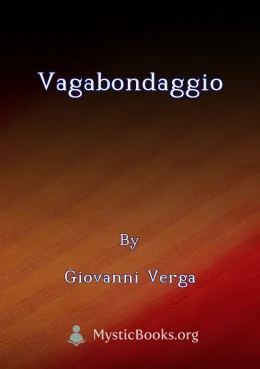
Vagabondaggio
A witty collection of 12 short stories based on the Verga idea of "Humankind perennial moving state". They have been published in 1887. (Summary by Daniele)

Mastro don Gesualdo
Mastro don Gesualdo is a novel by Giovanni Verga published in 1889. It is considered one of his most important works and a masterpiece of Italian literature. The novel is set in Vizzini, Sicily, in the first half of the 19th century, a period of grea...
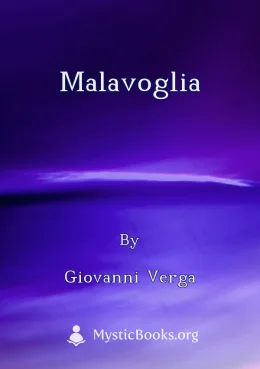
Malavoglia
I Malavoglia è un romanzo di Giovanni Verga che racconta la storia di una famiglia di pescatori siciliani, i Malavoglia, e la loro lotta per sopravvivere alla povertà e alle difficoltà della vita ad Aci Trezza. Il romanzo è ambientato in un contesto...
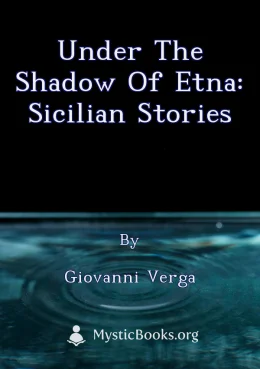
Under the Shadow of Etna: Sicilian Stories
Giovanni Verga's "Under the Shadow of Etna" is a collection of short stories that paint a vivid picture of life in 19th-century Sicily. Verga, a master of Italian verismo, focuses on the struggles and hardships faced by working-class characters in a...
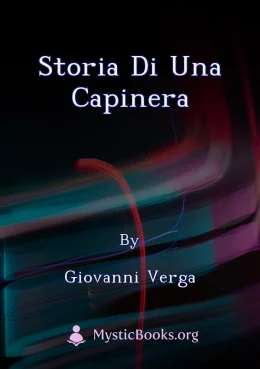
Storia di una capinera
Storia di una capinera racconta la storia di Maria, una giovane donna cresciuta in un convento a Catania. Costretta a diventare suora per motivi di povertà, Maria ha la possibilità di tornare a casa con la sua famiglia durante un'epidemia di colera....
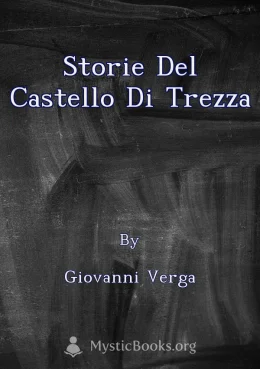
storie del castello di Trezza
Set in the crumbling Trezza Castle, this book tells the intertwining stories of Matilde, her husband Giordano, Luciano, and the mysterious Olani. Amidst an eerie atmosphere, the characters recount tales of love, betrayal, and tragedy. The castle itse...